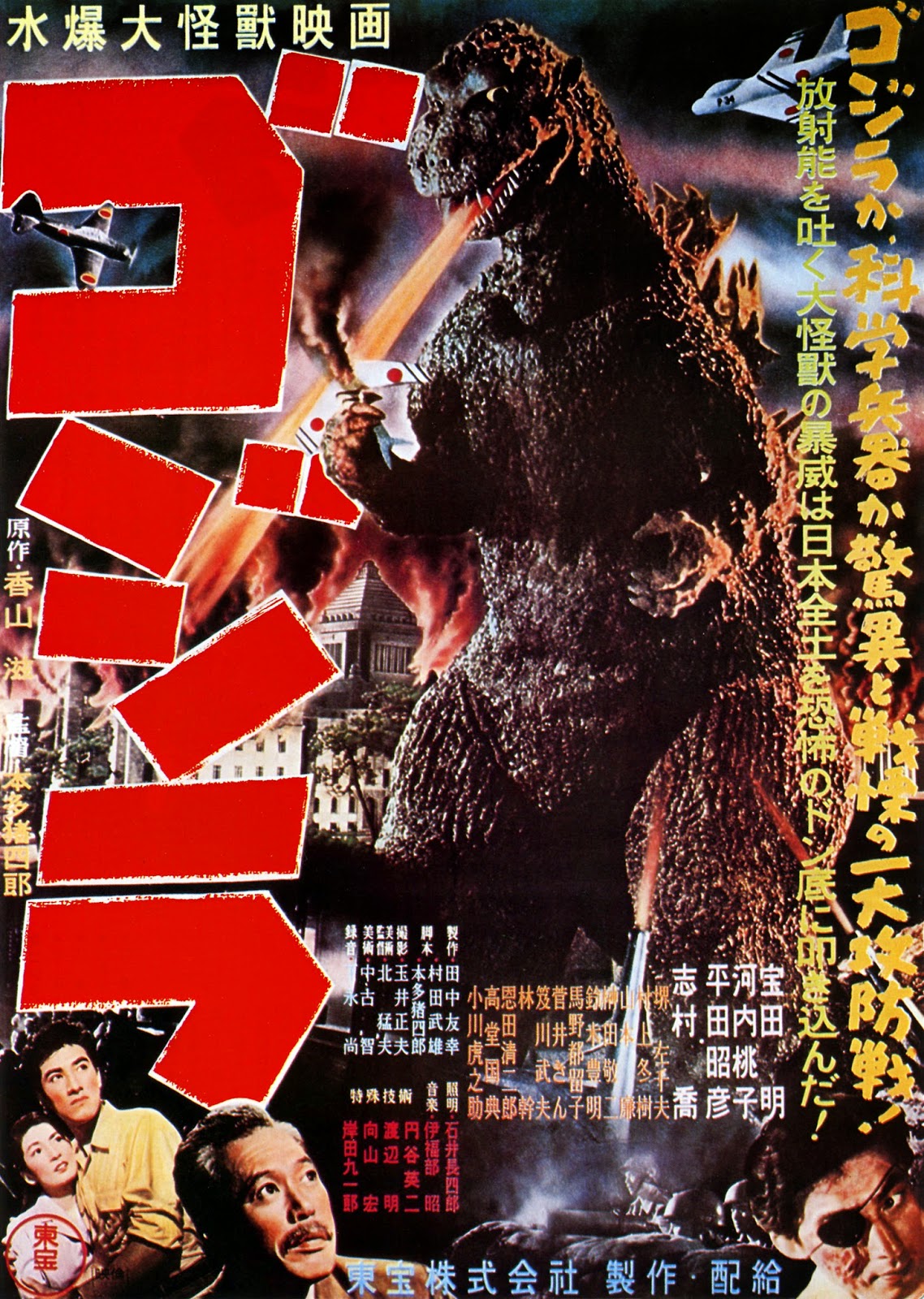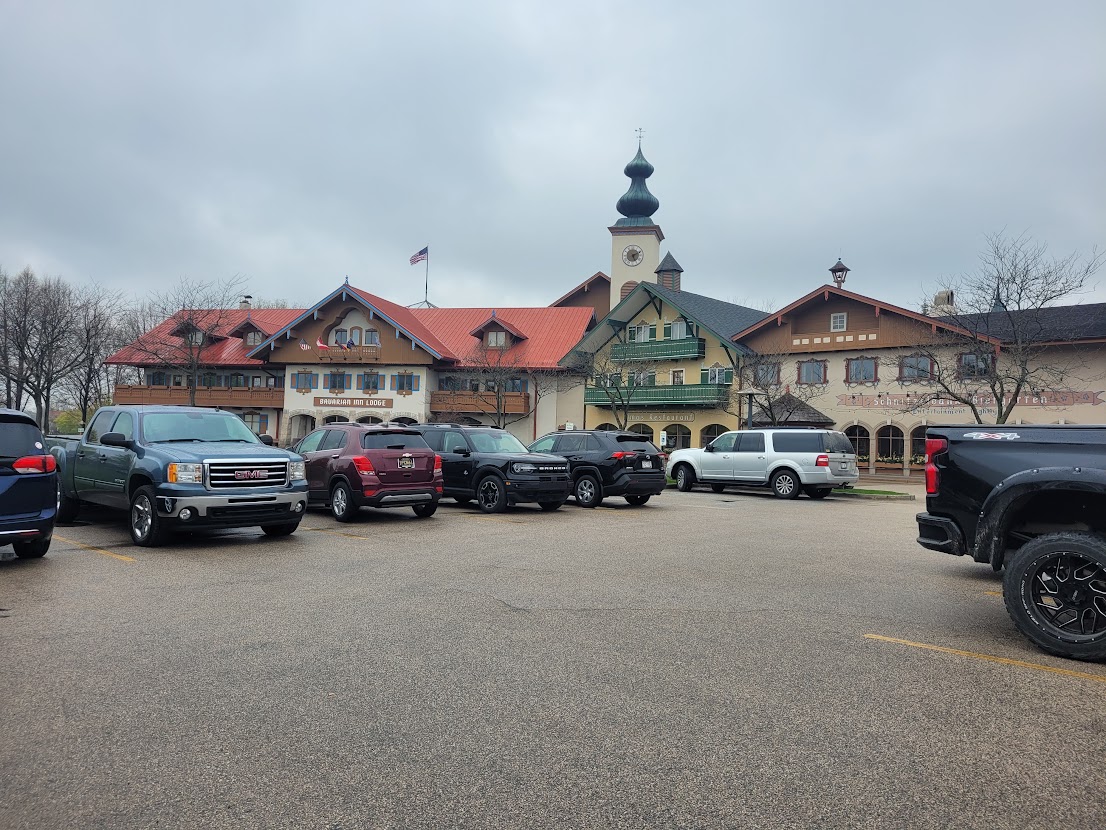Godzilla Returns ... Again?
Guest post by: Maria Ramos
 |
| Godzilla 1954 movie poster |
In Japan, the original Godzilla picture is known as a science fiction kaiju film, a genre which roughly translates to mean "strange creature." In this case, the monster's attack is directly inspired by the American atomic bomb attacks on the Japanese cities of Hiroshima and Nagasaki in August of 1945. When Godzilla attacks Tokyo, his nuclear-fire breath rains radioactive terror over all who are unfortunate enough to be in his path. The film was a sensational hit, and gave audiences a pop cultural reference point for their wartime grief.
Being a massive hit overseas, Hollywood decided to import the green giant to American shores. The plot of the American movie features “Steve Martin”, a bumbling reporter who flies to an island to investigate rumors of a “sea monster” that the natives call “Godzilla”. Martin and his crew discover evidence of such a creature, whom scientists conclude has been resurrected by nuclear tests in the area. Besides dubbing the film into English to present it to an American audience, some 30 minutes of footage were removed from the original version, especially those with strong anti-nuclear themes or overtones. Canadian actor Raymond Burr played the American journalist. The film was the first post-war production that portrayed the Japanese as sympathetic victims, rather than the enemy they represented to an American audience during World War II.
Although the New York Times film critic called the first Godzilla "incredibly awful," American audiences loved it and spent $2 million at the box office. It was also a success in Europe and South America and, in 1957, was revived again in it’s Japanese homeland. Godzilla was rarely alone - fighting kaiju comrades like Mothra and Mechagodzilla. Many of the films went on to become a late-night television classics, and are still widely available for streaming. When it was originally prepared for TV, however, the opening credits showing a background of the city of Tokyo in ruins - a reminder of World War II - were never cleared for broadcast.
International interest in Godzilla remains sustained. This time, however, the newest version will come from Toho Studios, the same company that produced the original. It is slated to be released in 2016, marking the 70 year anniversary after atomic bombs were dropped on Hiroshima and Nagasaki. Much interest centers on the new release, because there is speculation that it may better represent the producer's intentions in the original film: to portray the movie monster as a conduit between humankind and nuclear devastation, a strangely sympathetic creature not too different from ourselves.


